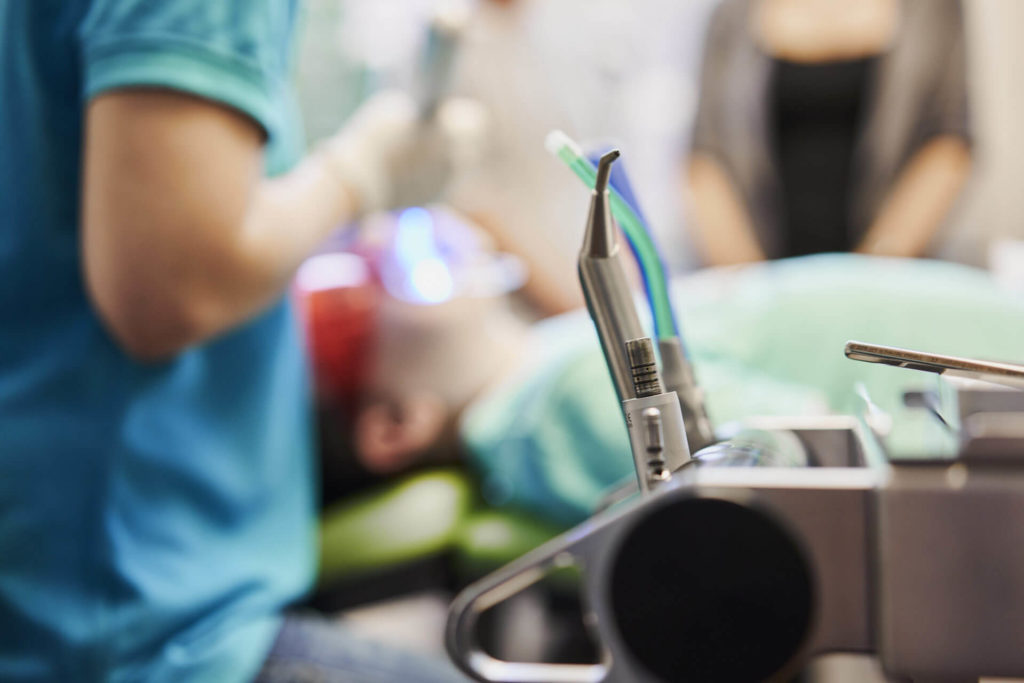Clear aligners are one of the fastest-growing technologies of recent times. Their sleek design and discreet features have allowed them to become the need of the hour. Gone are the days when adult patients would have to make do with their imperfect smiles because of limited orthodontic options. Currently, more and more patients are seeking orthodontic treatment, with adult patients accounting for as many as one-quarter of all orthodontic procedures.
Perhaps, what makes clear aligner therapy (CAT) a total win in the adults’ books is its convenience of removal and discretion, especially in social settings. Studies have illuminated that patients who choose to be treated with clear aligners often tend to seek appliances that have fewer impacts on their daily lives. When surveyed, almost 80% of adults who have straightened their teeth stated that it was one of the most treasured transformations they have ever done.
With more and more adults pressurized by cultural norms to pursue healthy, confident smiles, the tally of CAT patients is seeing a steady uprise. This also means that there has been a dramatic increase in the orthodontic options available for correcting malocclusion, particularly with clear aligners. Brands like Invisalign and Spark have made their mark in the industry and have become some of the most trusted and leading players of clear aligners today. ClearCorrect, another well-known clear aligner brand is quickly unravelling its claws to get a hold of much of CAT patients’ attention.
Virtually, everyone is familiar with Invisalign, some clear aligner fanatics may have even heard of the purely doctor-led model with Spark. But fewer have heard of ClearCorrect. Let’s take a look at the variety of information about ClearCorrect and how it could possibly challenge Invisalign and Spark in this fast-paced environment.
What is ClearCorrect?
ClearCorrect is a clear aligner brand developed by the dental sensation, Straumann. It hit the market in 2008 and has since stood out by delivering quick teeth-shifting technology similar to Invisalign, often for slightly lower prices. Today, the company works with over 20,000 doctors worldwide and delivers millions of clear aligners to its patients each year. According to ClearCorrect, their aligners are made from a multi-layer medical-grade plastic that has been designed over years of research and trials.
ClearCorrect aligners have many things in common with Invisalign and Spark. For one, these aligners also work best if the patient wears the clear aligner for a set period of time, typically 22 hours a day. Invisalign and Spark use SmartTrack™ and TruGen™ technology respectively – both of which are patented plastics that are specialized to fabricate their respective aligners. In that regard, ClearCorrect is slightly different. It uses ClearQuartz™, a tri-layer aligner material to fabricate its material and ensure that consistent and accurate pressure is applied to the teeth upon wear.
The treatment setup for ClearCorrect is very similar to that of Invisalign and Spark. They start with a consultation with the ClearCorrect provider. Today, ClearCorrect offers three types of treatment options, namely:
- ClearCorrect Limited 6 treatment: It provides a patient with 6 sets of ClearCorrect aligners, often to correct a minor alignment issue.
- ClearCorrect Limited 12 treatment: Here, a patient gets 12 sets of aligners to treat moderate malocclusion.
- ClearCorrect Unlimited: A patient is provided with as many aligners as needed to correct the issue fully. This is mainly offered to patients with severe malocclusion.
Price
Invisalign is probably the most expensive clear aligner option of the three, typically starting at $5,000 or more. Spark comes in second with a starting price of $3,500. ClearCorrect is advertised to start at $2,000 for the Limited 6 treatment and can go up to $5,000 for the Unlimited treatment plan.
Thickness
ClearCorrect aligners are well-known for their discreteness and are much thinner than Invisalign aligners. They are also made up of a lighter material, making them appear to be less visible. Spark aligners tend to be the thinnest yet the most flexible among the three aligners. Due to the thin and less sturdy material of ClearCorrect, they tend to be less durable and prone to breakage as compared to the other aligners.
Comfort
When it comes to comfort, Invisalign and Spark take the cake. While ClearCorrect makes use of patented plastic material for its fabrication, it has been said that the plastic material ClearCorrect uses today is one that Align Technology used many years ago. With their patented plastic, SmartTrack™, Invisalign makes aligners that are easier to take on and off and more gentle on the oral tissues when worn. Furthermore, many experts believe that Spark’s TrueGen™ material offers the most comfortable wear experience as it is thinner and more flexible even when compared to Invisalign™.
Company reputation and clientele
Align Technology has been around for years, first having hit the market in 1999 after being FDA-approved in 1998. By 2001, it had produced and delivered around one million aligners. Today, Align dominates the market with a 90%+ market share, with 122k active doctors worldwide who are Invisalign-trained. Contrarily, ClearCorrect was developed in 2008 and received its FDA approval in 2009. They are currently partnered with close to 20,000 doctors, worldwide. Amongst the three, Spark is the newest addition to the clear aligner family having launched only in late 2020 by Ormco.
It can be interpreted through this collection of data that there is an increased global acceptance of Invisalign treatment as the preferred choice of teeth straightening. Through its market experience and patented partnership with top dental offices, it gives Invisalign an edge and advantage when playing the field. However, since new aligner companies like Spark and ClearCorrect are consistently building their customer base, the competition might diverge in the future.

